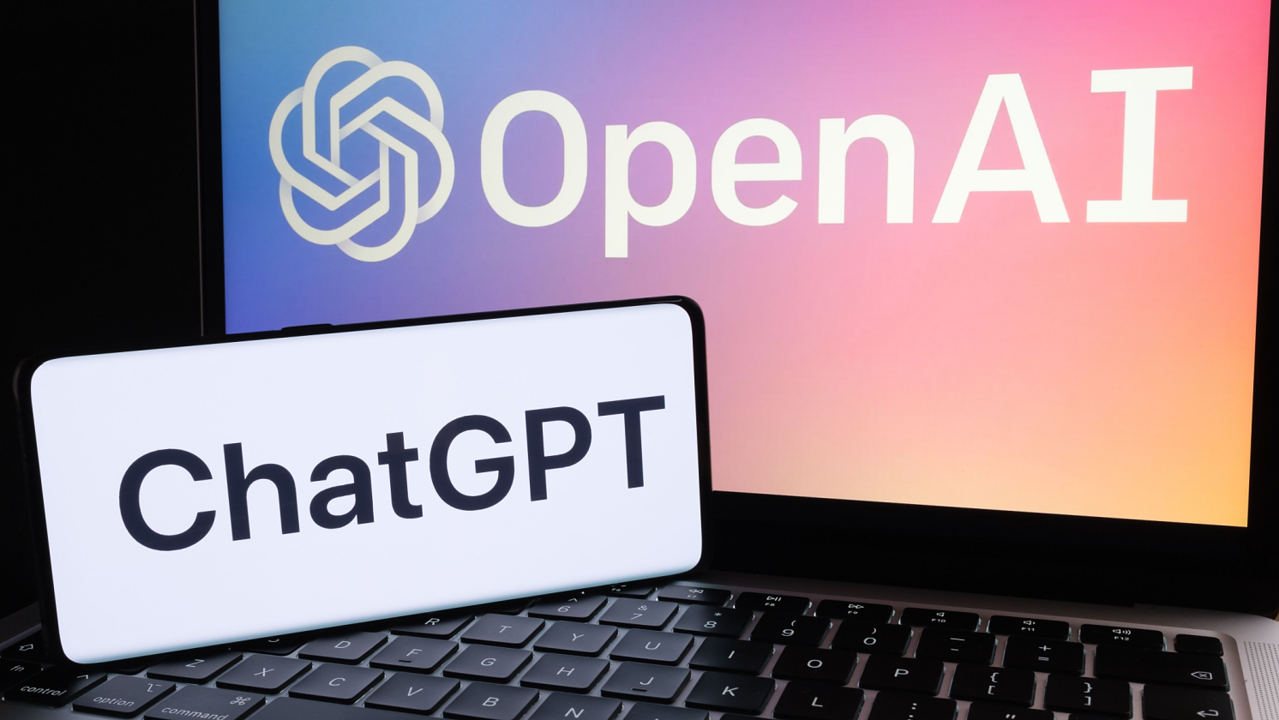How to use feature flags in a chatGPT & openai project, then save costs

Using feature flags in openai, chatGPT project
Feature flags can be a useful technique for managing and deploying machine learning models in AI projects. Here are some steps to follow:
-
Define your features: Identify the specific features you want to control with feature flags in your ChatGPT project. This could be the responses given by the model, the types of prompts you want to use, or the dataset used to train the model.
-
Implement the feature flags: Once you have defined your features, you can implement the feature flags in your code. This can involve using a third-party feature flagging service, you can use tools like LaunchDarkly, FeatBit. The key is to have a way to control the availability of each feature in your model.
-
Deploy your model: Once your feature flags are working properly, you can deploy your ChatGPT model with the feature flags enabled. You can use cloud platforms like AWS, Google Cloud, or Microsoft Azure to deploy your model.
-
Monitor your model: Keep track of the feature flag usage and how it affects the performance of your ChatGPT model. You can use metrics like response time, error rate, and user feedback to monitor the performance of your model.
Switching between models, darkly and progressively
Feature flags can help you switch between different OpenAI models, such as Curie, Davinci, Babbage, and Ada. By using feature flags, you can enable or disable specific models or versions of models depending on your needs.
For example, suppose you have multiple OpenAI models deployed in your application, and you want to switch between them based on certain conditions. In that case, you can use feature flags to control which model or version is used for a particular request or user.
To use feature flags to switch between OpenAI models, you would need to create a feature flag for each model and configure the flag to enable or disable the corresponding model. You can use the OpenAI API to access each model and use the feature flag to control which model is used.
For example, suppose you have a feature flag called "model_switch" that can be set to "curie", "davinci", "babbage", or "ada." You can use the value of this feature flag to determine which OpenAI model to use in your application. With faeture flag, you can switching between models progressively.
Saving costs
Using feature flags to switch between OpenAI models can help you save costs because you can choose to use a less expensive model, such as Babbage or Ada, for certain requests or users where the high accuracy of Davinci or Curie is not required. This way, you can optimize your usage of OpenAI models based on your specific needs and usage patterns, and avoid incurring unnecessary costs.
For example, suppose you have a feature flag that controls whether to use Davinci or Babbage for generating responses in your chatbot application. You can set the flag to use Davinci for important or high-value requests, such as requests from paying customers, while using Babbage for less critical requests, such as requests from non-paying users or for less critical use cases. This way, you can use a less expensive model where its accuracy is sufficient, and switch to a more expensive model only when necessary.
By using feature flags to manage your usage of OpenAI models, you can optimize your costs and avoid overpaying for features that you may not need for all requests or users. Additionally, you can fine-tune the usage of OpenAI models over time as you gain more insights into usage patterns and user feedback, further optimizing your costs and performance.
Overall, using feature flags can help you manage and deploy your openai/chatGPT models more effectively, and can give you greater control over the features that are available in your model.